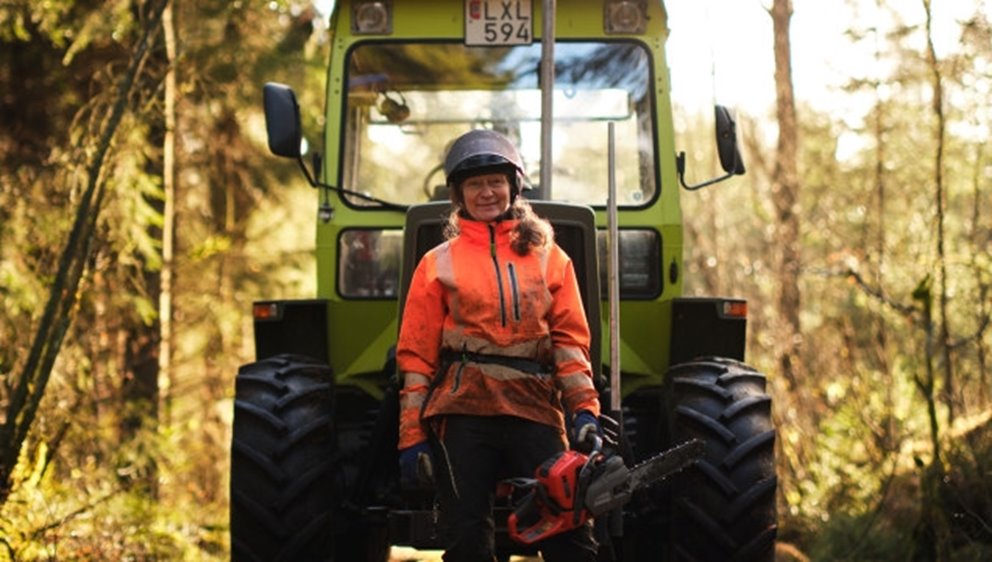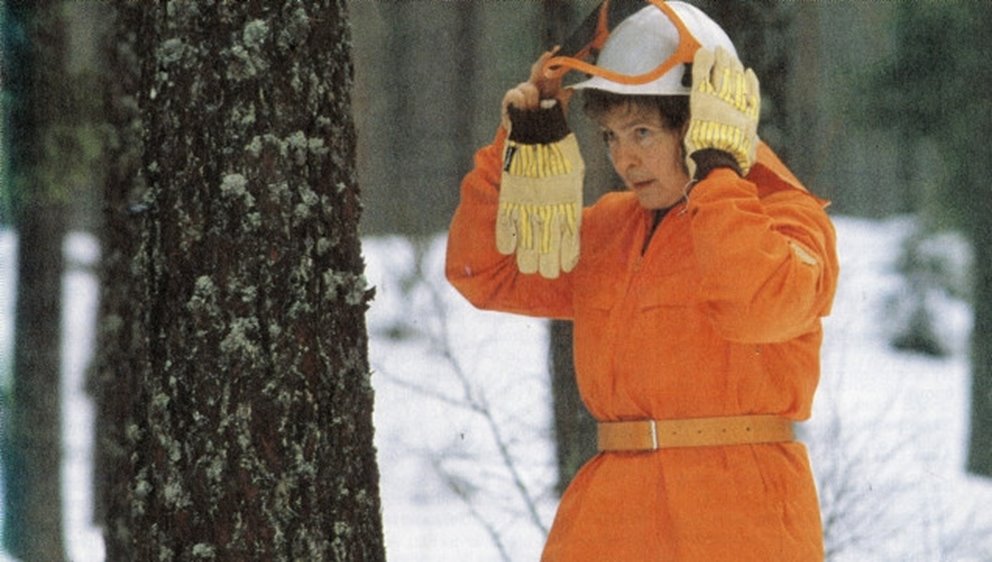Since 1845, equal marriage rights and equal inheritance rights have existed in Sweden. But there have also been laws and regulations that made it possible to circumvent this. For example, sons could choose their inheritance portion first until 1890. And even though women could technically own land and forests, they couldn’t manage their property as long as they were not of age.
Unmarried women were minors until 1863, and as a married woman, she was a minor until 1921. If a woman owned a forest and had married before 1921, the husband's management rights continued to apply even after that. This rule did not disappear until 1950.
Significant Change
Women have mostly acquired forests through inheritance, as widows or daughters, or by being joint-owners with their husbands. There has been a significant shift in recent decades in terms of forest inheritance. Previously, the forest was often inherited by the eldest son. It has increasingly been replaced by siblings inheriting the forest jointly. One reason for this change has been the loosening of traditional gender roles where men worked outside and women worked inside.
Previously, a certain amount of muscle strength was required for Harvesting since it was largely a manual job. Technological and machine development has changed this. This has resulted in an increase in female forest owners. In the mid-1970s, one-fifth of forest owners were women. Twenty years later, this had changed, and in 1996, women accounted for 37 percent of ownership, more than a third.
Within Södra, currently, 33 percent of forest owners are women. There are a total of 125,000 women in Sweden who are forest owners and forest entrepreneurs. This means it is the largest category of female entrepreneurs in the country.
Female Networks
In 1998, an interest association for female forest owners was formed, the network Spillkråkan, which organizes its courses in forestry. The purpose is to strengthen women's influence within the Swedish forestry sector. In several places in Södra's area, well-established networks for women exist today, for those who either own or are interested in the forest. The aim is to learn more about forest management and have fun together.


